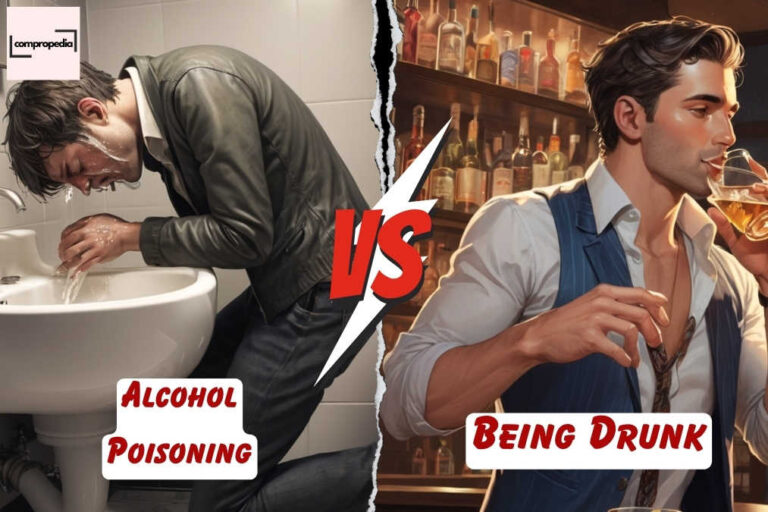When I first started researching retinoids for my skincare routine, I kept hearing about two popular products: A313 and Tretinoin. As someone with relatively sensitive skin, I was hesitant to dive into stronger treatments like Tretinoin, but I also wanted visible results, especially for my acne and early signs of aging. I decided to try both over a period of time to see which would suit my skin better. Through personal experience and research, I learned that while both are powerful retinoids, they have unique strengths and downsides depending on your skin’s needs.
In this article, I’ll share the key differences between A313 vs Tretinoin, and help you determine which one might work best for you.
A313 vs Tretinoin: Comparison Table
| Feature | A313 | Tretinoin |
|---|---|---|
| Best For | Beginners, sensitive skin, anti-aging | Acne, wrinkles, hyperpigmentation |
| Strength | Mild | Strong |
| Skin Irritation | Low risk | High risk, especially for beginners |
| Prescription Required | No | Yes |
| Usage Frequency | 2-3 times a week initially | Often prescribed daily or every other day |
| Improvement Timeframe | Slow, over several months | Faster, noticeable in a few weeks |
| Price Range | More affordable, usually under $30 | Higher cost, varies by prescription |
What is A313?
A313 is a French pharmacy-grade retinoid that contains Retinyl Palmitate, which is a milder derivative of Vitamin A. It’s often referred to as an over-the-counter alternative to stronger prescription retinoids like Tretinoin.
Key Features of A313:
- Active Ingredient: Retinyl Palmitate (a form of Vitamin A).
- Strength: Milder compared to prescription retinoids.
- Usage: Primarily used for anti-aging, skin texture improvement, and boosting radiance.
- Availability: Available without a prescription.
- Texture: Thick, ointment-like consistency.
What is Tretinoin?
Tretinoin (also known as Retinoic Acid) is a prescription-strength retinoid derived from Vitamin A. It’s one of the most potent and well-researched topical treatments for acne, wrinkles, and skin rejuvenation.
Key Features of Tretinoin:
- Active Ingredient: Retinoic Acid.
- Strength: Stronger and more effective than OTC retinoids like A313.
- Usage: Primarily used for acne treatment, fine lines, and hyperpigmentation.
- Availability: Requires a prescription.
- Texture: Cream or gel consistency depending on the formulation.
A313 vs Tretinoin: Key Differences
Although both A313 and Tretinoin are retinoids, their formulation, strength, and usage differ significantly. Here’s a breakdown of the main differences between the two:

Effectiveness of A313 vs Tretinoin
A313:
A313 is ideal for individuals with sensitive skin or those new to retinoids. Since it uses Retinyl Palmitate, it’s a gentler form of Vitamin A that takes longer to show results but is less likely to cause irritation.
Benefits of A313:
- Smooths skin texture.
- Helps with mild signs of aging.
- Boosts skin radiance.
- Gradual improvements with consistent use.
Tretinoin:
Tretinoin, on the other hand, is far more potent and often recommended for those dealing with more severe skin concerns like acne, deep wrinkles, or hyperpigmentation. Since it directly converts to Retinoic Acid, it works faster and more efficiently.
Benefits of Tretinoin:
- Treats acne by increasing cell turnover and preventing clogged pores.
- Reduces fine lines and wrinkles by stimulating collagen production.
- Fades dark spots and hyperpigmentation more effectively.
- Results typically appear within a few weeks to months of consistent use.
Side Effects and Skin Sensitivity
A313 Side Effects:
Due to its milder nature, A313 is far less likely to cause severe side effects. However, as with any retinoid, it’s still important to start slowly to avoid irritation.
- Common Side Effects: Mild dryness, flakiness, or slight redness.
- Best For: People with sensitive or dry skin who need a gentle introduction to retinoids.
Tretinoin Side Effects:
Tretinoin is much stronger, so side effects are more common, especially during the first few weeks of use. Known as the “retinoid purge”, users may experience initial breakouts and peeling before the skin adjusts.
- Common Side Effects: Redness, peeling, dryness, burning, or sensitivity to the sun.
- Best For: People with moderate to severe acne, sun damage, or aging skin who can tolerate a stronger treatment.
Which One Should You Choose?
Choose A313 if:
- You are new to retinoids and want a gentler introduction.
- You have sensitive or dry skin prone to irritation.
- Your main goals are to improve skin texture and fight early signs of aging.
- You prefer an over-the-counter product that doesn’t require a prescription.
Choose Tretinoin if:
- You need a powerful treatment for acne, deep wrinkles, or hyperpigmentation.
- You have used retinoids before and your skin can handle a stronger product.
- You’re looking for faster results in addressing more significant skin concerns.
- You have a prescription or can consult with a dermatologist for one.
Conclusion
After trying both A313 and Tretinoin in my own skincare routine, I found that A313 was much gentler on my sensitive skin, especially when I first started using retinoids. It helped smooth out my skin texture over time, but the results were more gradual. On the other hand, when I used Tretinoin, the results were faster and more noticeable, particularly in reducing acne and fine lines, but it came with a challenging adjustment period—my skin became red and flaky for a few weeks. Ultimately, I learned that choosing between these two products depends on your skin type, tolerance, and goals.
If you’re just starting out or have sensitive skin like me, A313 is a great option. However, if you can handle a stronger treatment and want quicker results, Tretinoin might be the better choice.







